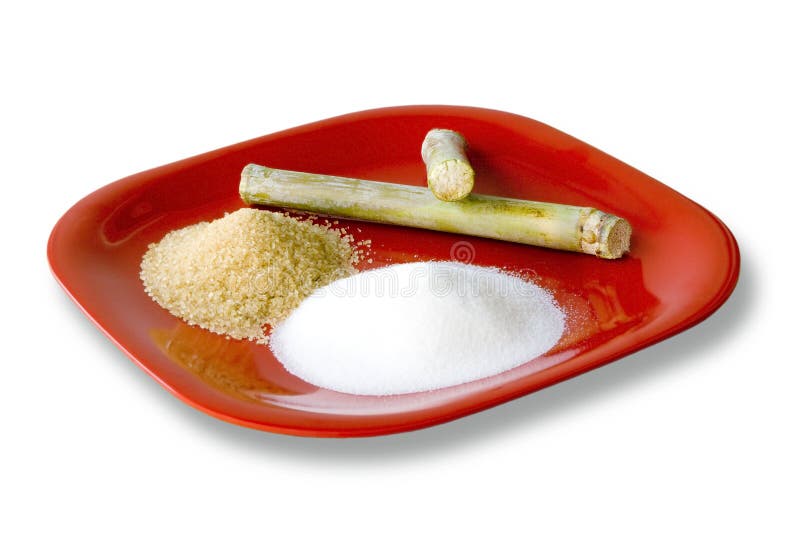Sugarcane Product: A Natural Sweetener for Fit Individuals
Sugarcane Product: A Natural Sweetener for Fit Individuals
Blog Article
The Journey of Sugarcane: From Harvest to Everyday Products
The trip of sugarcane is a complex procedure that begins with meticulous farming and culminates in a variety of products that permeate our daily lives. As we check out the various elements of sugarcane's trip, its duty in sustainability and the wider ramifications for our setting come into sharper focus.
Cultivation of Sugarcane
The growing of sugarcane is an essential farming procedure that needs particular environmental problems and administration practices. Ideal development occurs in tropical and subtropical areas where temperature levels range between 20 ° C and 32 ° C. Adequate rains or irrigation is important, as sugarcane thrives in damp soil with well-drained conditions (sugarcane product). Soil quality dramatically influences yield; hence, farmers often perform soil tests to determine nutrient needs
This technique assists in efficient collecting and makes the most of sunshine direct exposure. Crop rotation and intercropping are recommended methods to enhance soil fertility and decrease bug infestations.
Prompt application of these fertilizers can substantially boost sugar returns. Generally, successful sugarcane farming hinges on a combination of environmental stewardship, calculated planning, and continuous monitoring practices.
Gathering Techniques
Effective sugarcane growing culminates in the harvesting stage, which is crucial for maximizing yield and making sure quality. The timing of the harvest is important; sugarcane is normally gathered when sucrose degrees peak, normally between 10 to 18 months after planting. This period differs based on environment, soil kind, and sugarcane variety.
Gathering strategies can be generally categorized right into manual and mechanical techniques. Manual harvesting is labor-intensive, depending on competent workers who utilize machetes to reduce the stalks close to the ground. This method permits careful harvesting, where only the ripest walking canes are picked, thus improving overall sugar web content.
Conversely, mechanical harvesting has acquired appeal because of its performance and cost-effectiveness. Specialized farmers outfitted with cutting blades and conveyor systems can process big locations quickly, significantly lowering labor costs. Nevertheless, this approach might bring about the inclusion of immature canes and a prospective decline in sugar quality.

No matter the method utilized, guaranteeing that gathered canes are carried swiftly to processing centers is vital. Trigger dealing with decreases wasting and maintains the honesty of the sugarcane, establishing the phase for ideal handling.
Processing Techniques
Handling sugarcane includes a number of crucial actions that change the gathered stalks right into usable products, largely sugar and molasses. The preliminary stage is washing the walking stick to get rid of soil and particles, followed by the removal of juice with crushing or milling. This process usually utilizes heavy rollers that break the walking cane fibers to release the pleasant fluid included within.
As soon as the juice is removed, it undertakes explanation, where contaminations such as soil particles and bagasse are gotten rid of. This is often achieved by including lime and warming the juice, allowing sedimentation. The clarified juice is then concentrated through evaporation, where water web content is minimized, causing a thick syrup.

Inevitably, the handling of sugarcane not just creates sugar and molasses yet likewise prepares for various derivatives, which will be explored in subsequent conversations.
Products Derived From Sugarcane
Sugarcane is a versatile crop that generates a wide selection of products past just sugar and molasses. Among the key by-products are ethanol and biofuels, which have actually obtained prestige as renewable power sources. Ethanol, created with the fermentation of sugarcane juice, works as an alternate to fossil gas and is commonly combined with gas to produce cleaner-burning gas, minimizing greenhouse gas discharges.
Additionally, sugarcane is a substantial resource of bagasse, the fibrous deposit remaining after juice removal. Bagasse is made use of in numerous applications, including the production of paper, biodegradable packaging, and as discover here a biomass gas for energy generation. Its use not only lowers waste but also boosts the sustainability of sugarcane processing.
Furthermore, sugarcane-derived products extend to the food sector, where it offers as a natural flavoring agent and sugar in different cooking applications. In the realm of cosmetics, sugarcane essences are included right into skin care items as a result of their natural exfoliating properties.
Environmental Impact and Sustainability
The cultivation and processing of sugarcane have considerable ramifications for ecological sustainability. This crop requires substantial water resources, typically resulting in depletion of local water supplies and impacting my response bordering ecological communities. In addition, using fertilizers and chemicals in sugarcane farming can cause dirt degradation and river air pollution, presenting dangers to biodiversity.

Sustainable sugarcane farming likewise promotes soil wellness with crop rotation and minimized husbandry, enhancing carbon sequestration. The adoption of these methods not just sustains environmental honesty yet likewise boosts the durability of farming communities versus climate adjustment.
Verdict
In recap, the journey of sugarcane incorporates different phases from farming to handling, eventually causing a broad range of products. The relevance of sugarcane extends beyond simple sweeteners, adding to renewable resource through ethanol manufacturing, sustainable packaging through bagasse, and all-natural removes for cosmetics. This diverse crop plays an essential function in both dietary enrichment and ecological sustainability, highlighting its significance in contemporary farming and commercial methods.
Successful sugarcane my link cultivation culminates in the gathering stage, which is critical for optimizing return and making certain high quality. The timing of the harvest is crucial; sugarcane is typically harvested when sucrose degrees peak, usually in between 10 to 18 months after planting.Processing sugarcane involves several essential steps that change the gathered stalks into useful products, primarily sugar and molasses.Sugarcane is a versatile crop that produces a vast array of products past simply sugar and molasses. In addition, the usage of fertilizers and chemicals in sugarcane farming can result in dirt deterioration and river pollution, positioning risks to biodiversity.
Report this page